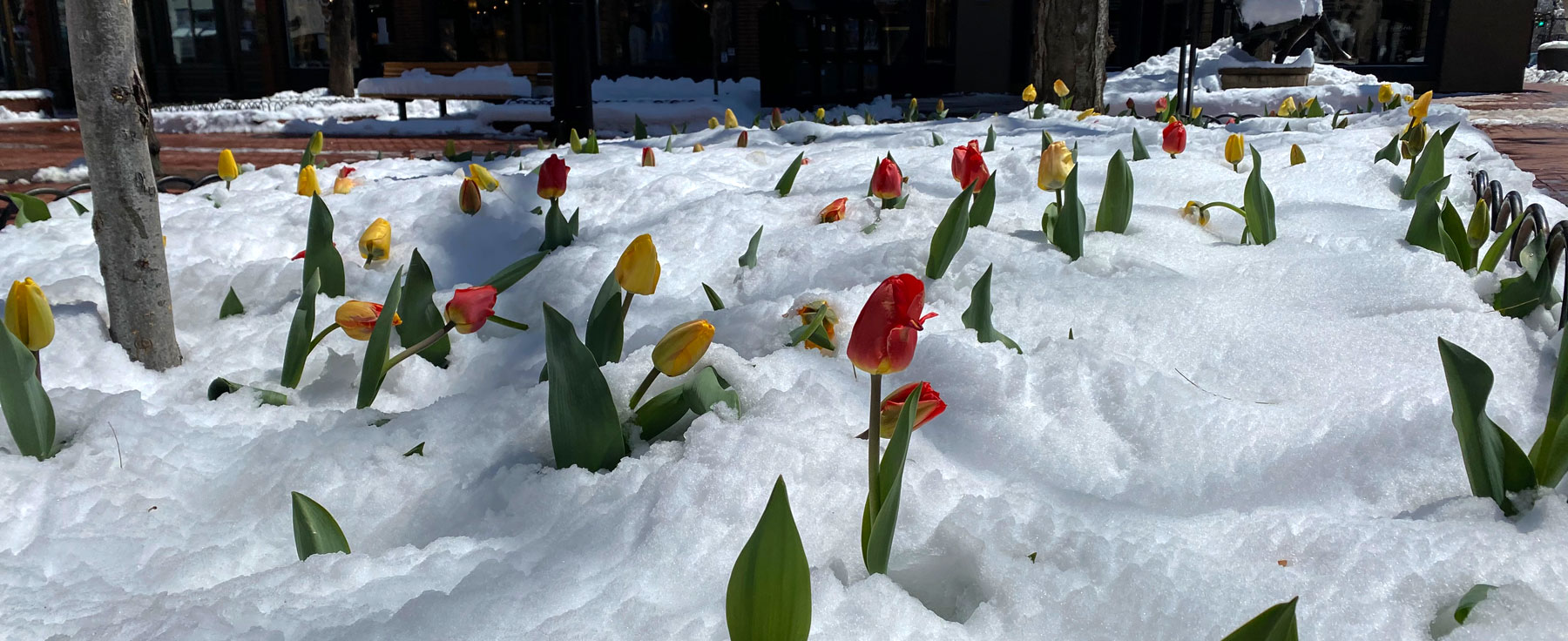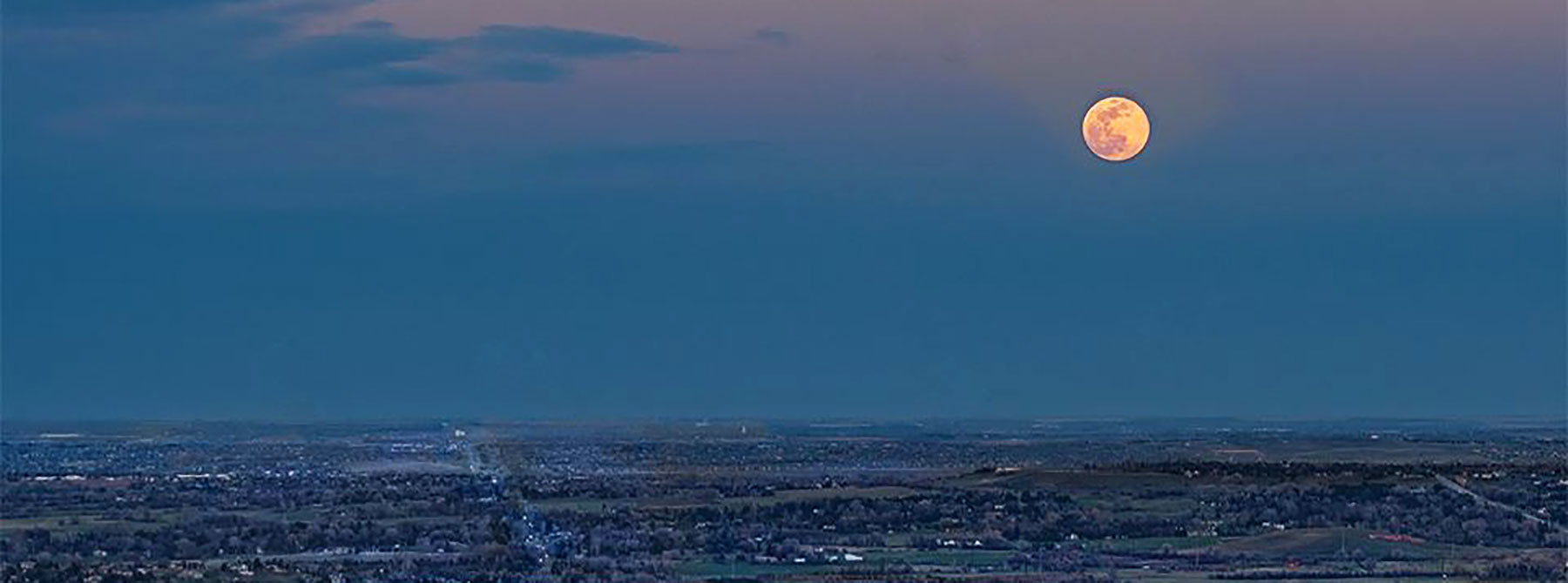Facing a $28 million coronavirus-impaired shortfall (10 percent of the city’s annual budget outside of utility revenue), the City of Boulder announced this past Tuesday it will furlough, 38 percent of its staff, 737 employees, from Monday April 20 through June 30.
While a big portion of that number were part-time and seasonal employees, the 175 full-time “standard” employees furloughed account for approximately a quarter of the work and salary freezes. This represents just over 12 percent of the city’s full-time roster.
This does not include the 83.5 full-time equivalent open positions the city froze when COVID-19’s impact deepened, according to City of Boulder Communications Director Patrick von Keyserling. If we add those in, the city will be down nearly a fifth (18.4 percent) of its standard full-time staff count when we wake up on Monday. The city will soon decide whether to eliminate some of those positions.
Not only does this mean many Boulder families will have to operate without these funds — although the city will continue paying for eligible staff health care insurance — but will have tangible effects on Boulder daily life.

If any idea that life would bounce back quickly after the COVID-19 lockdown passes, this brings home just how it will not. Through June 30 means that residents will feel the pinch in reduced hours for recreation centers, outdoor pools and libraries (when these open, of course).
“This is not like a snowstorm,” von Keyserling told BLDRfly, “things will not immediately bounce back.” He says it’s too early to say exactly which city services will take the biggest hits and to what extent.
Questions still swirl about the planned scheduled stay-at-home orders lift on April 26, but in and around Boulder we can feel a settling into a distancing routine — masks, standing in line outside stores to limit crowding and a wary physical distance from everyone.
Sales tax makes up a big chunk of the city’s revenue shortfall. But because social distancing will likely persist into the fall — either as a health order from the government or in all our minds — restaurants and shopping centers will likely see significantly less business through 2020, which will force more closings even months after stay-at-home orders lift.

In fact, Oak at Fourteenth chef and co-owner Steve Redzikowski sees this sustained slowdown and has prepped operations to react as well as possible. “Places are going to reopen and in three to six months from now, we could see major closings,” he told BLDRfly.
This means even less city revenue and money for operations and services. We should all prepare for a longer recovery than we may expect.



